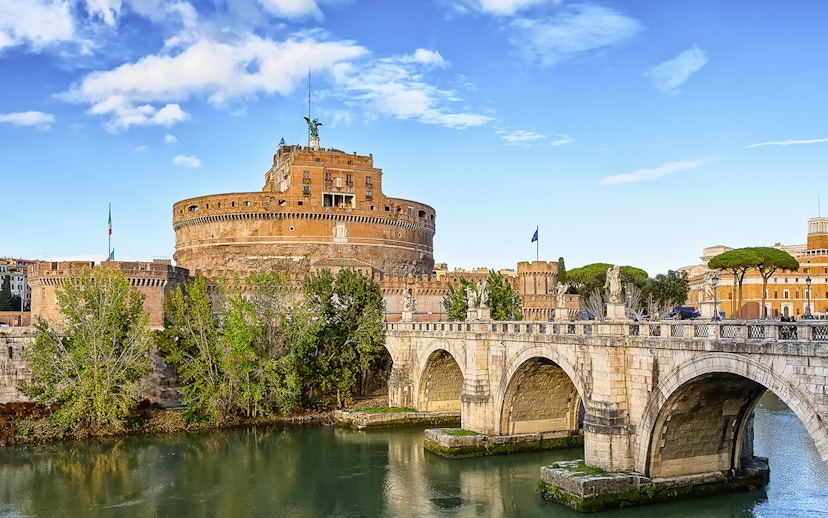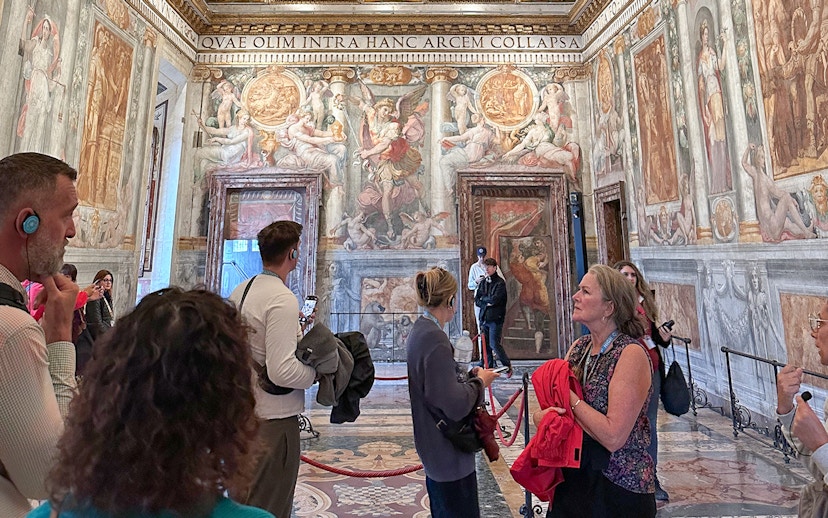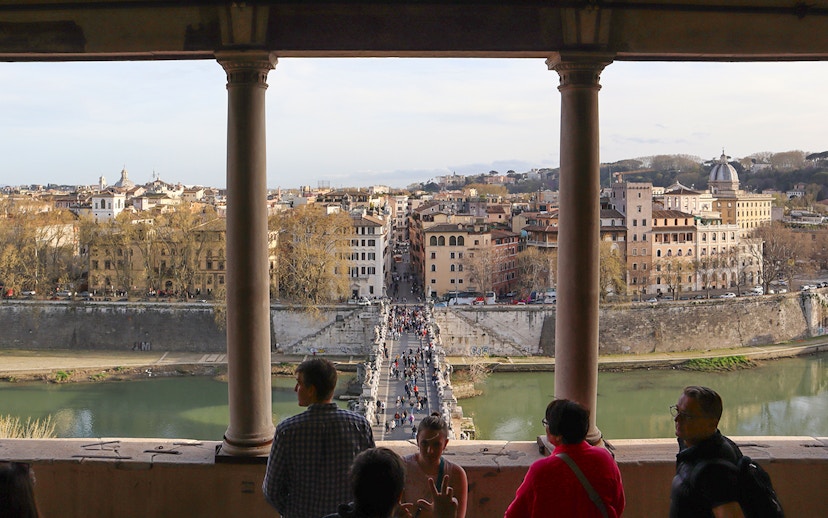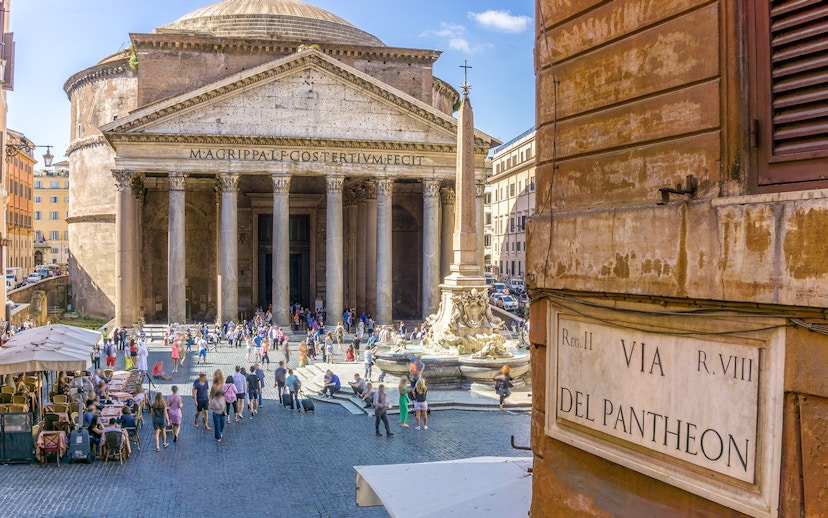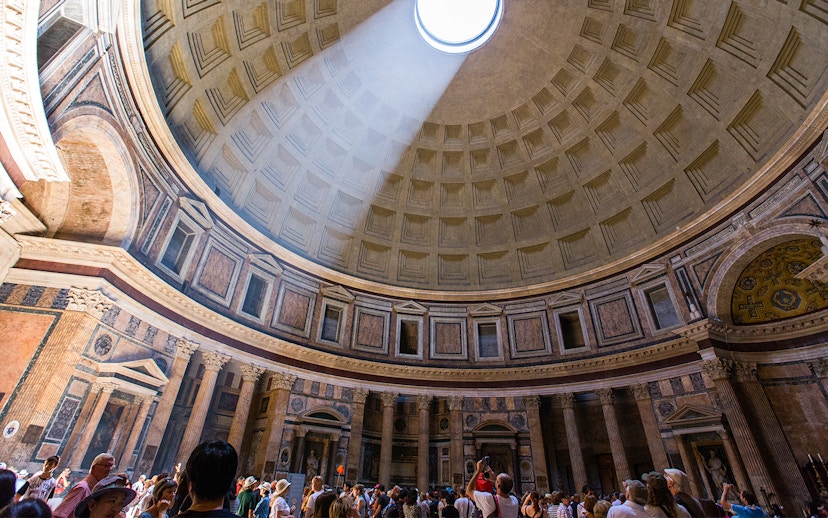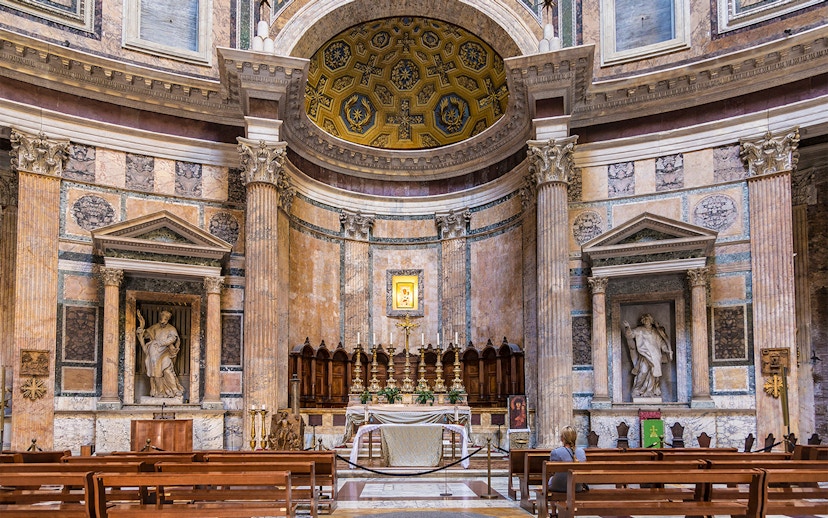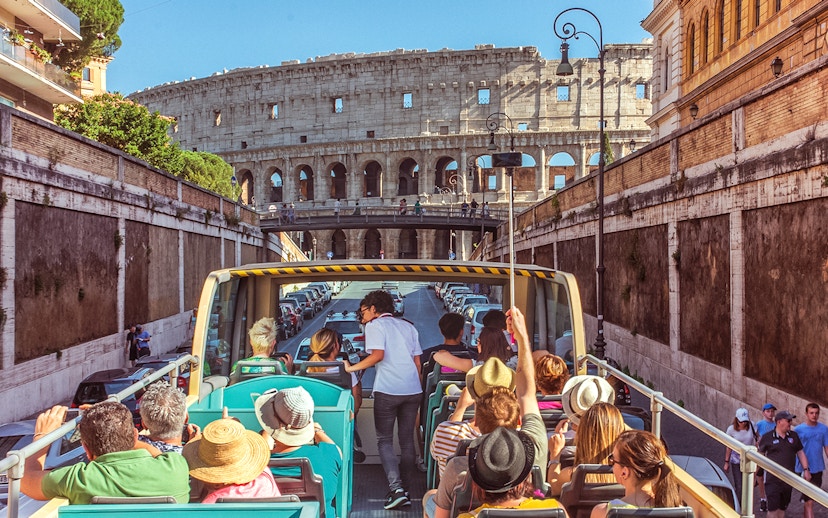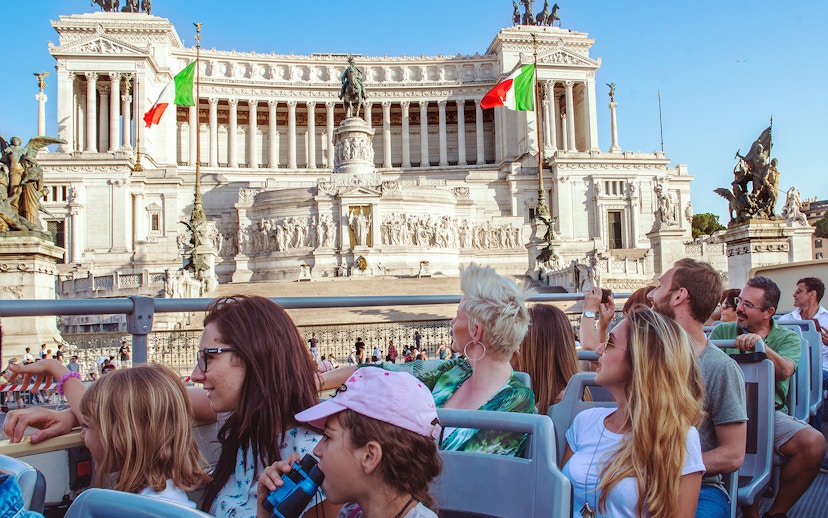Villa Borghese is a lavish estate occupying almost 200 acres in the heart of Rome! It's dotted with splendid museums, gardens, fountains, a theater, and even a zoo. The most famous attraction on its grounds is the Borghese Gallery, conceived by Cardinal Scipione Borghese in the early 17th century. It houses his formidable collection of art and antiquities.
Besides being an art and culture center in the heart of Italy's bustling capital, it also serves as a green lung in the city, offering locals and tourists alike a serene escape filled with lush gardens, shaded pathways and scenic vistas.
How to access Villa Borghese?
You don't need a ticket to enter the Villa Borghese Park and its gardens. However, specific attractions within the estate, like Borghese Gallery or Rome Bioparco require separate tickets to access.








































